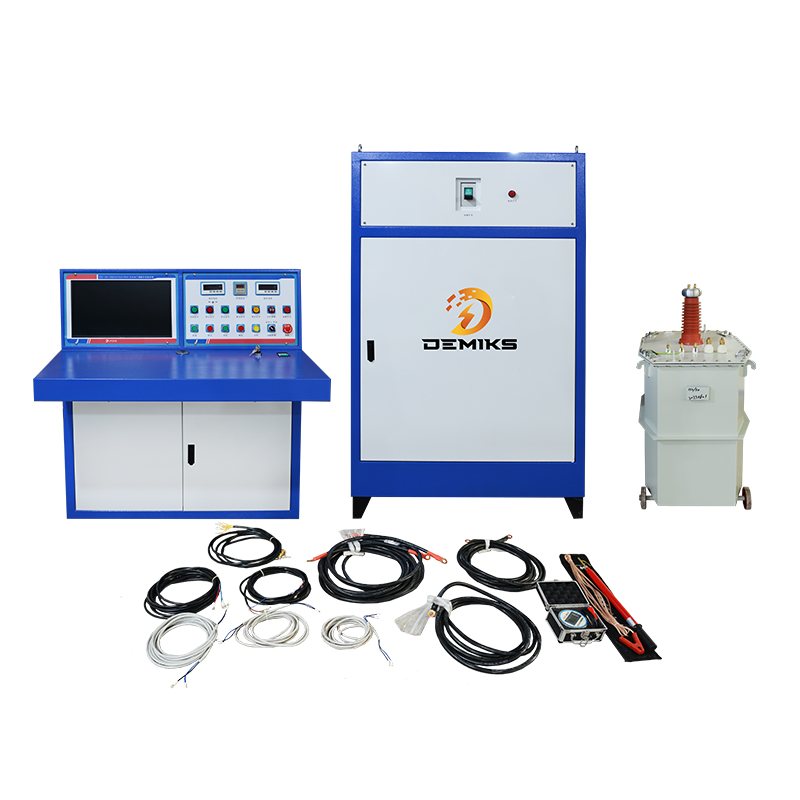how do you test a relay with a multimeter
Testing a relay with a multimeter is a reliable way to check if it's functioning properly. Below is a step-by-step guide to testing both the coil (control side) and the contacts (switched side) of a standard automotive or electrical relay.
Tools Needed:
Digital multimeter (set to Ohms Ω and continuity/diode mode)
12V power source (car battery or external supply for energizing the relay)
Jumper wires (optional, for activating the relay)
Step 1: Identify Relay Terminals
Most relays have 4 or 5 pins, labeled as:
85 & 86 → Coil (electromagnet that activates the relay)
30 → Common (input from power source)
87 → Normally Open (NO) (connects to 30 when relay is powered)
87a → Normally Closed (NC) (only in 5-pin relays, disconnects when relay is powered)
Step 2: Test the Relay Coil (Terminals 85 & 86)
Set multimeter to Ohms (Ω) mode.
Place probes on terminals 85 & 86.
∞ (OL) = Open circuit → Coil is broken.
0Ω or very low → Coil is shorted.
Good relay: Should read 50–120Ω (varies by relay).
Bad relay:
✅ If resistance is within range, the coil is OK.
Step 3: Test Normally Open (NO) Contacts (Terminals 30 & 87)
Set multimeter to continuity (beep) mode.
Check terminals 30 & 87 without power:
Should be open (no continuity, no beep).
Apply 12V to terminals 85 (+) & 86 (-) to energize the relay.
Use a car battery or power supply.
Recheck terminals 30 & 87:
Should now show continuity (beep).
If not, the contacts are faulty.
Step 4: Test Normally Closed (NC) Contacts (Terminals 30 & 87a) – (5-Pin Relays Only)
Set multimeter to continuity mode.
Check terminals 30 & 87a without power:
Should show continuity (beep).
Apply 12V to 85 & 86 to energize the relay.
Recheck terminals 30 & 87a:
Should now be open (no beep).
If not, the NC contacts are stuck.
Step 5: Check for Voltage Drop (Optional)
Energize the relay (12V to 85 & 86).
Set multimeter to DC voltage (20V range).
Measure voltage between 30 (input) & 87 (output).
Good relay: < 0.5V drop.
Bad relay: High voltage drop (poor contact).
Summary of Relay Test Results:
| Test | Good Relay | Bad Relay |
|---|---|---|
| Coil Resistance | 50–120Ω | 0Ω or ∞Ω |
| NO Contacts (30-87) | Open (unpowered), Closed (powered) | Stuck open/closed |
| NC Contacts (30-87a) | Closed (unpowered), Open (powered) | Stuck closed/open |
| Voltage Drop | < 0.5V | High drop (> 1V) |
Troubleshooting Tips:
No click when powered? → Coil is dead (check resistance).
Clicks but no continuity? → Contacts are burnt/corroded.
Works intermittently? → Internal arcing or weak coil.
The above content is published by demiks, please specify, demiks is a substation equipment manufacturer, specializing in the production of high-voltage tester, transformer test equipment, circuit breaker test equipment, relay tester, SF6 gas analyser, cable fault tester and other products, if you have power test testing needs, please feel free to contact demiks power science and technology limited company or send an email! Give us: contact@demikspower.com
 Relay Protection Testing and Commissioning Gu
Relay Protection Testing and Commissioning Gu
 how to test microwave transformer
how to test microwave transformer
 how to reset circuit breaker with test button
how to reset circuit breaker with test button
 high voltage cable testing standards
high voltage cable testing standards




